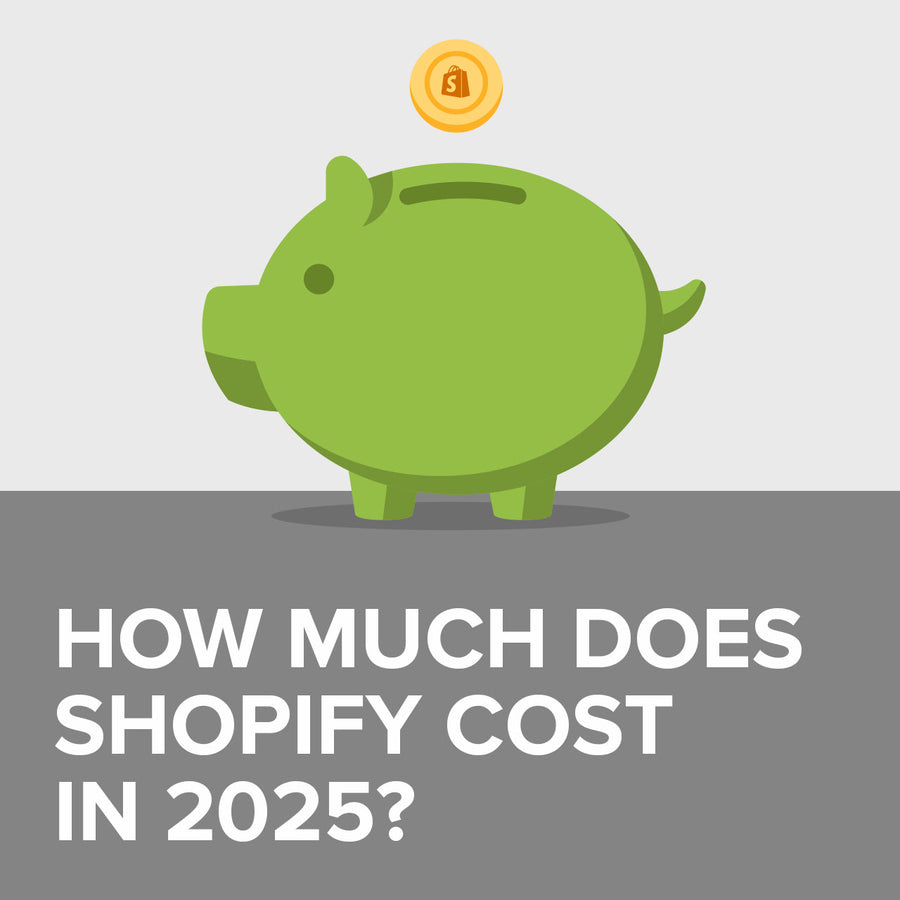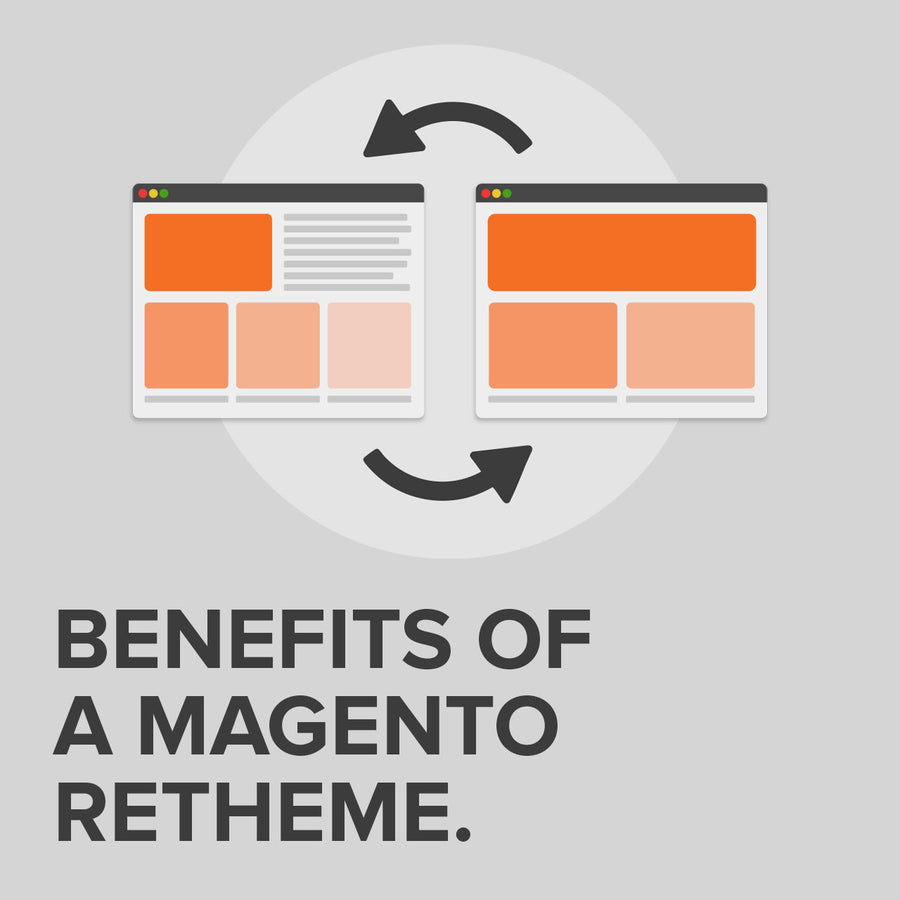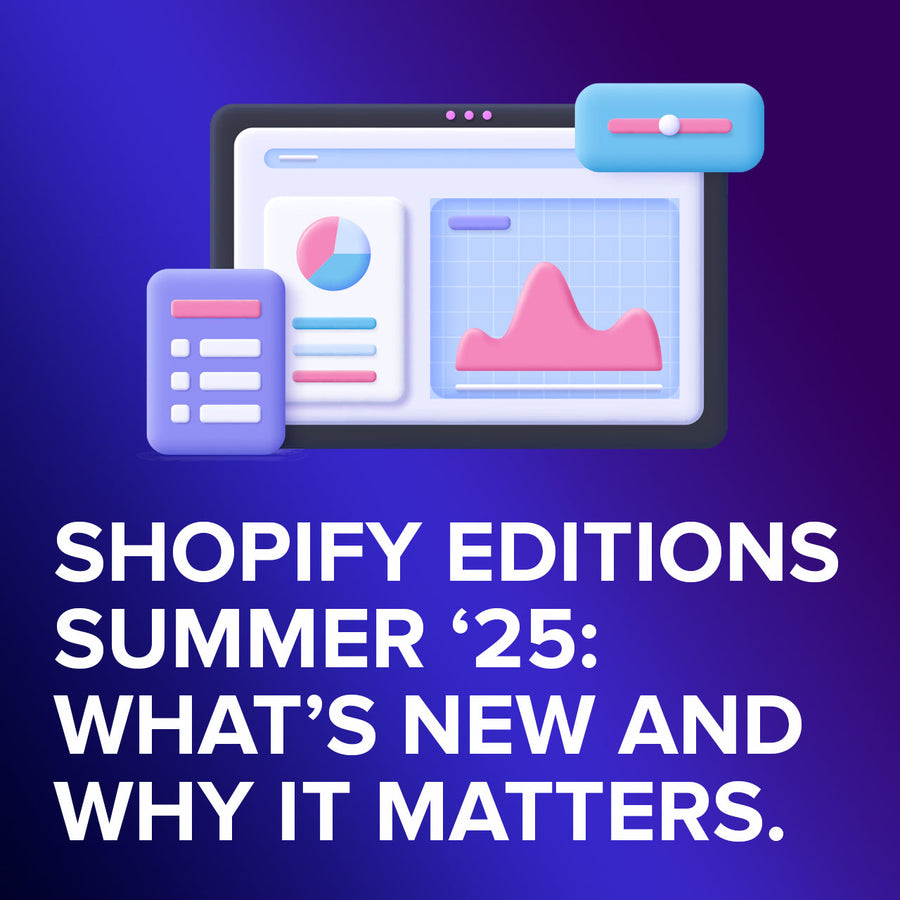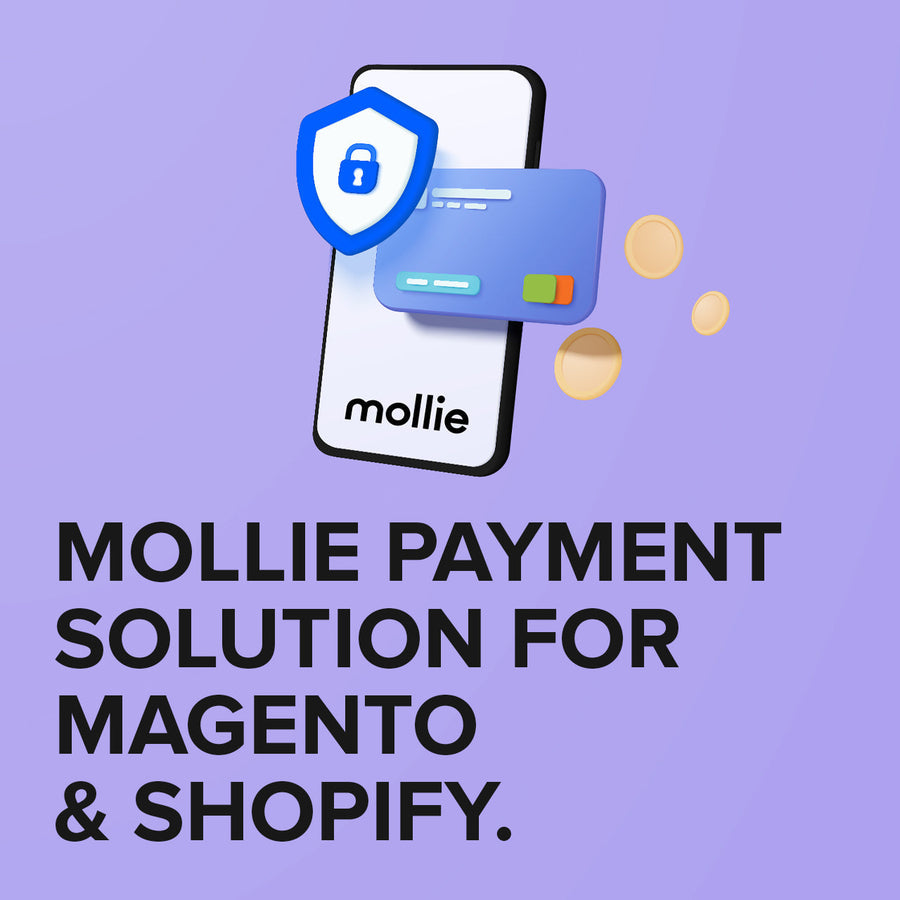Google Consent Mode 2.0
5 March 2024
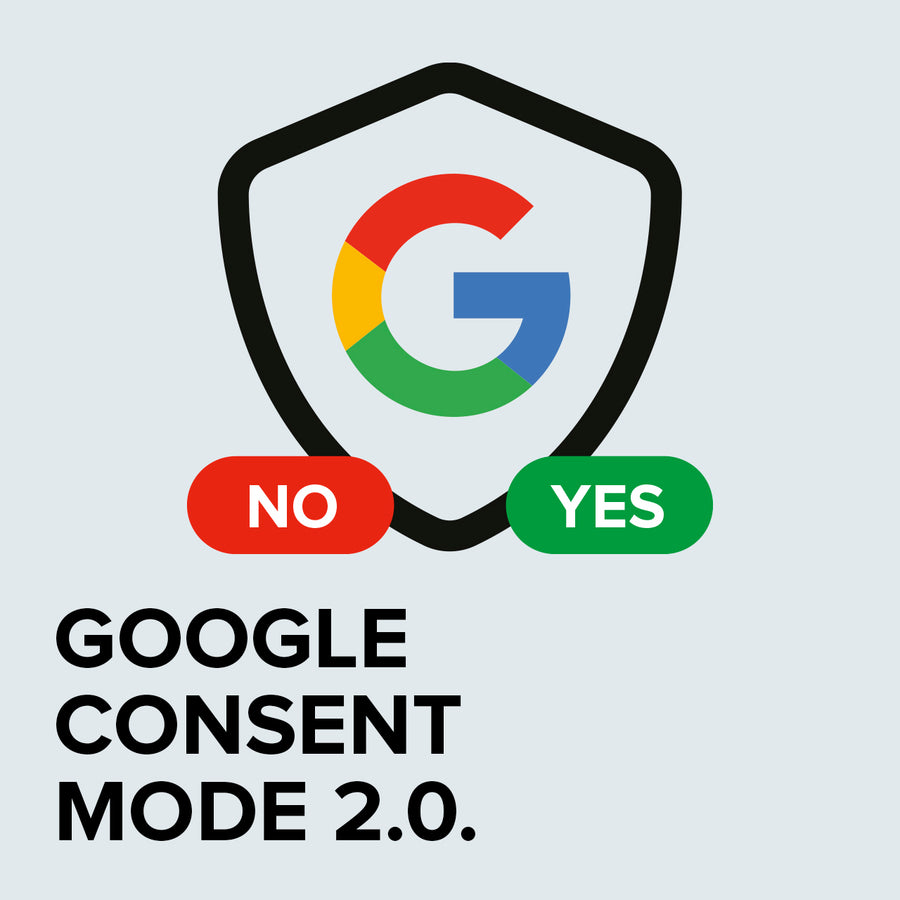
Google Consent Mode 2 is an updated tool that helps websites and apps bridge the gap between user privacy choices and the way Google's advertising and analytics tools work.
Google Consent Mode is a powerful tool designed to help you obtain user consent and navigate increasingly urgent legal requirements. It allows websites and apps to respect user privacy choices while still gathering valuable data.
With the updated Consent Mode 2.0 rolling out, and a March 2024 deadline for compliance if you want to keep using Google's advertising services, it's time to get up to speed. This blog post is here to help you understand exactly what Consent Mode is, why it matters, and the important changes brought in by version 2.0.
Understanding Google's Consent Mode v2
Think of Consent Mode v2 as a sophisticated translator. It bridges the gap between the privacy choices your website visitors make and the way Google's various online tracking tools – called "tags" – operate. Crucially, Consent Mode v2 gives you granular control over how user consent impacts these tags when it comes to cookies for advertising and analytics purposes.
What's new in v2?
Improved Privacy: Enhanced controls and safeguards put your website visitors firmly in the driver's seat when it comes to their data.
New Consent Signals: Consent Mode v2 introduces two new consent signals:
- ad_user_data determines whether personal data is sent to Google based on user consent. It can have two values: "granted" or "denied". If a user grants consent to advertising cookies, then ad_user_data is set to "granted". This allows Google to use that user's data for things like ad targeting and measurement.
- ad_personalization controls whether personal data can be used for purposes such as remarketing. It also has two possible values: "granted" or "denied". If a user grants consent to personalised ads, then ad_personalization is set to "granted". This allows Google to use that user's data to show them more relevant ads.
Key Features and Implementation
Fine-Grained Control with New Consent States: Consent Mode v2 goes beyond simply "on" or "off." The new ad_user_data and ad_personalization signals offer users (and therefore, you) precise control. Advertisers and marketers need to take note – if consent isn't explicitly granted for these parameters, the ability to tailor advertising & remarketing becomes limited through Google services.
Implementation Guide
1 - Cookie Banner: You'll need a way for users to clearly give or deny consent for different purposes (analytics, advertising, etc.). A compliant cookie banner is the first step.
2 - Communicate consent to Google: Once your customer has accepted some or all cookies, or refused them entirely, communicate that consent to Google. If you’re not already doing this, it’ll require updating your site.
3 - Tag Integration: You'll need to update your Google tags (think Google Analytics, Ads, etc.) to work with Consent Mode. Your chosen CMP usually provides guidance on this.
Basic vs. Advanced Implementation
Basic: A 'yes' means full data collection, a 'no' means none. Simpler, but sacrifices a degree of insight.
Advanced: Allows limited and anonymous data collection even without consent. This is better for modelling conversions and analytics but is technically more complex to set up.
Legal and Ethical Considerations
Consent Mode v2 isn't simply a good idea; it's increasingly a legal necessity. Here's the regulatory backdrop:
- GDPR (General Data Protection Regulation): This cornerstone of privacy law enshrines the principle of user consent. Data collection and processing, especially for personalised advertising, hinges on freely given consent.
- ePrivacy Directive: Often called the "Cookie Law," this addresses electronic communications and the use of cookies and similar technologies. Consent is a central requirement.
- Digital Markets Act (DMA): Though young, the DMA will reshape Europe's digital landscape. It aims to curb the power of tech giants, promote fairer competition, and likely increase scrutiny of how user data is used.
Although the ePrivacy Directive and DMA are European laws, they will directly impact Google’s EU User Consent Policy, which also covers users and businesses based in the United Kingdom. This means if your business uses Google's marketing stack, adhering to these principles isn't optional.
Additionally, UK businesses should be aware of the UK's own evolving approach to online privacy and data protection, most notably the upcoming Data Protection and Digital Information Bill which is similar in reach to the ePrivacy Directive and DMA.
Ethics Beyond Compliance
Even if it were technically possible, collecting data from users without explicit consent is a questionable practice. Users expect transparency and a sense of agency over their data. Violating this trust carries risks:
- Damage to Reputation: Being seen as non-compliant can significantly tarnish your brand.
- Privacy Breaches: If you inadvertently handle data beyond the granted consent, serious privacy breaches could occur.
Consent Mode v2 aligns with both the spirit and the letter of evolving regulations. More importantly, it demonstrates respect for your users, a practice that builds long-term trust.
Impact on Advertisers and Website Owners
Consent Mode v2 is about more than legal compliance; it directly impacts the bottom line for both advertisers and website owners. Here's the breakdown:
- Audience Building and Remarketing: If users decline ad-related consent, building detailed audience lists and retargeting them becomes impossible. For those relying on personalised advertising, this presents a significant challenge.
- Conversion Tracking: Fewer cookies mean conversion tracking becomes less precise. Optimising campaigns will get harder, requiring adjustments to bidding strategies and the way success is measured.
The Price of Inaction
If you're targeting users in the United Kingdom or the European Economic Area (EEA), choosing not to implement Consent Mode v2 by March 2024 has hefty consequences.
Google will essentially stop collecting data on new users who don't grant consent. This leaves you with a partial, potentially unreliable picture of your campaign performance leading to ineffective marketing strategies. Data is the fuel for most successful digital advertising. Without enough of it, optimisation falters, strategies lose efficiency, and ad spend may be wasted.
Important Note: Even with consent denied, Consent Mode v2 allows some anonymised and aggregated data collection, which partially mitigates the loss.
Conclusion
Google Consent Mode v2 isn't simply a hurdle to clear; it's a step towards a more sustainable and transparent digital advertising ecosystem. It ensures compliance with the ever-evolving regulatory landscape, safeguards user privacy, and – crucially – provides tools to maintain marketing effectiveness even in the absence of complete cookie-based data.
The move to Consent Mode v2 requires both technical changes and a rethink of your data collection strategy. The sooner you take action, the smoother the transition will be.
Don't stumble at the March 2024 deadline. Assess your current setup, consult with developers if needed, and begin making changes. Doing so protects your audience and your business interests in the long run.
Need help navigating Consent Mode v2 and safeguarding your marketing data?
Contact Absolute Design or your account manager today. Get a personalised assessment and ensure a smooth transition by the March 2024 deadline.
Contact Us to discuss how we can help increase sales and boost your online performance!
INSIGHTS
CASE STUDIES

Fired Earth - Shopify Plus
Fired Earth’s move to Shopify Plus marked a major transformation for their B2C and B2B operations, streamlining their product catalogue and delivering a faster, more adaptable eCommerce experience, supporting growth and enhanced customer engagement.
-
Shopify

Carluccio's Coffee Subscription
Discover how we helped Carluccio’s transform their online coffee products, creating a bespoke design, unique user journey and efficient user experience, resulting in an eye-catching subscription service, seamlessly integrated with their Shopify site.
-
Shopify
CONTACT
Are you excited to get your next project up and running? Or are you unsure what is dragging you down?
Contact Us to discuss how we can help increase sales and boost your online performance!

Enter your email address to sign up to our newsletter, featuring case studies, insights, industry news and much more.
If this is something you would like help with, please get in touch.

